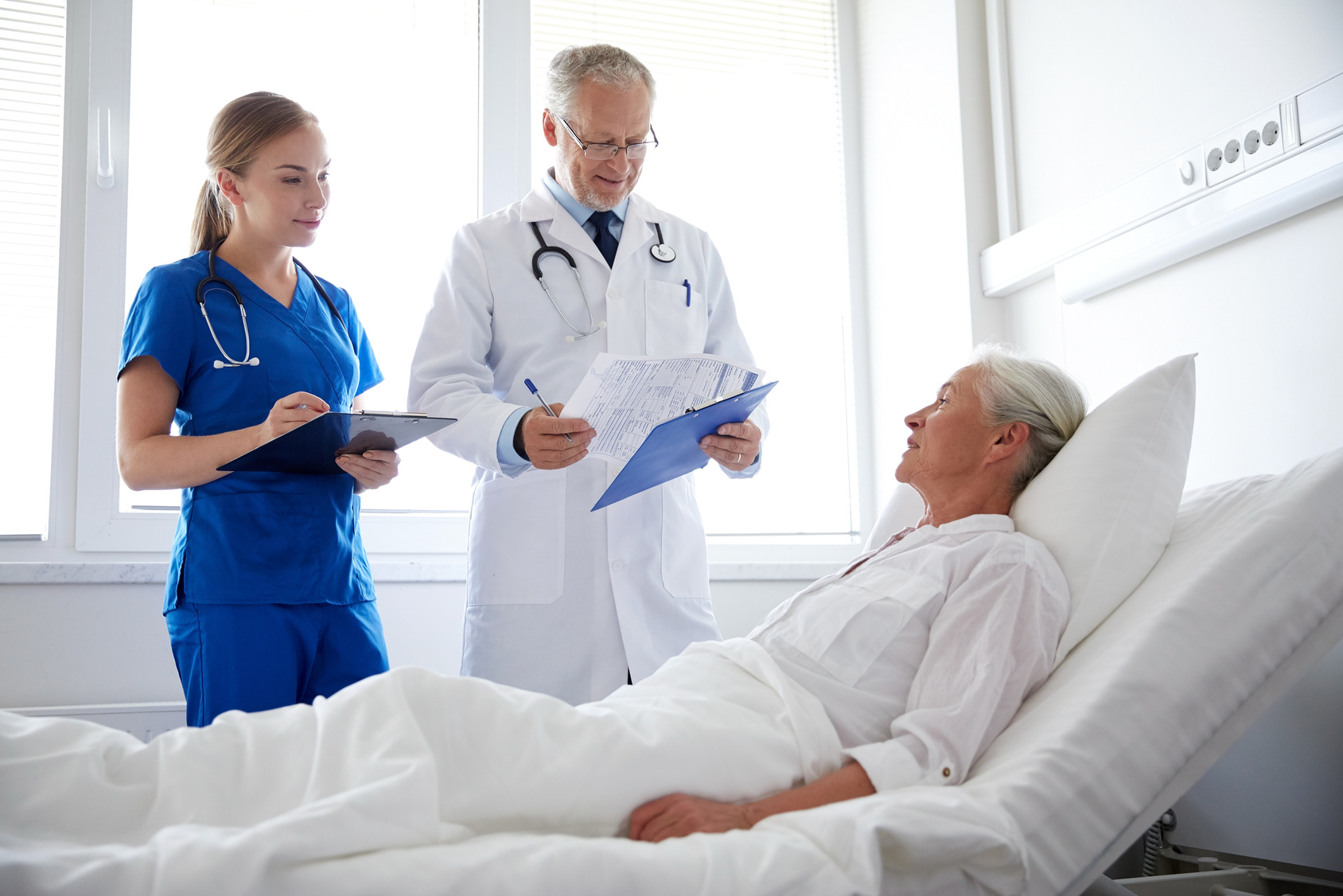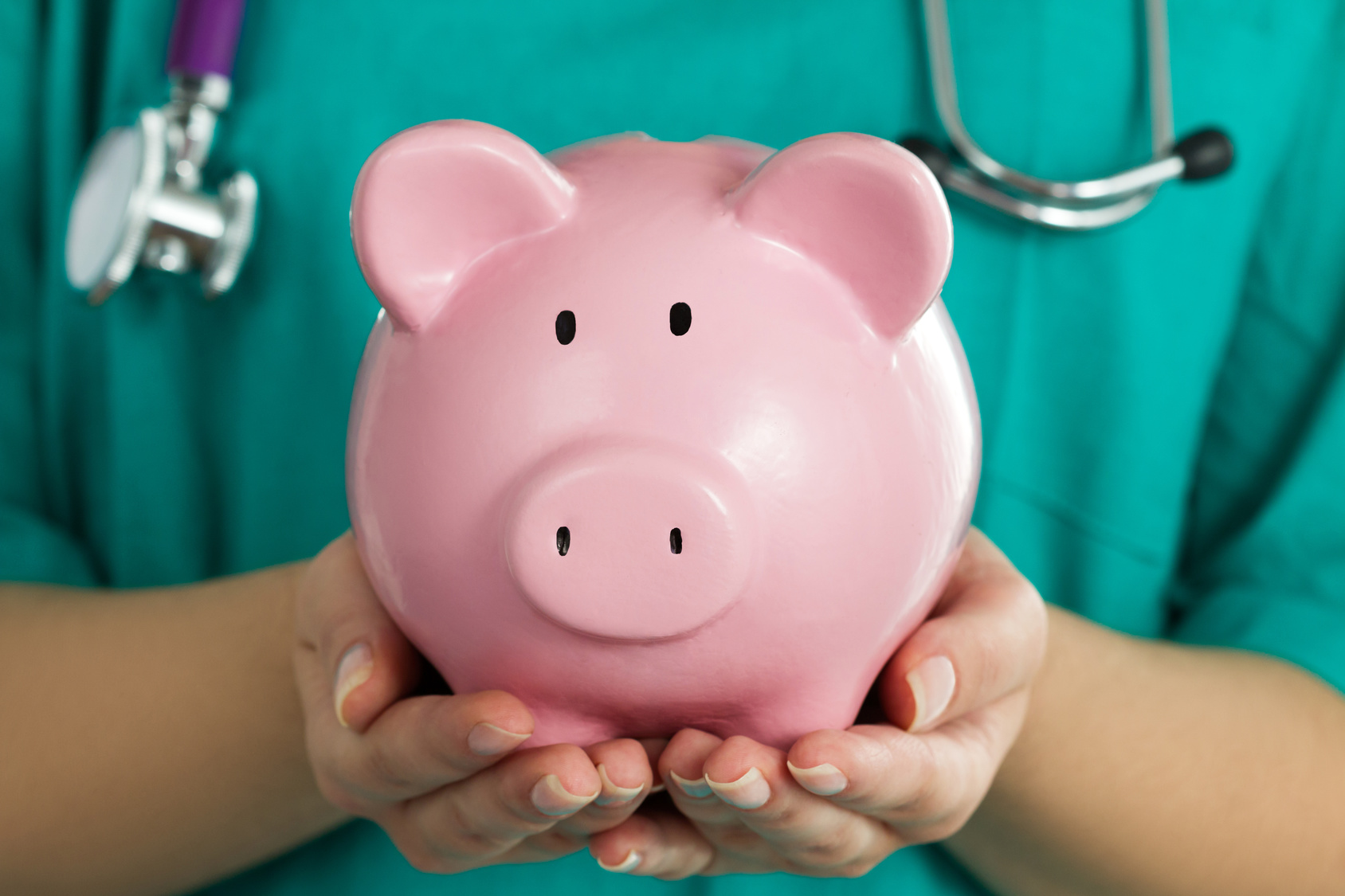How do NPs and PAs measure their worth, when they can only bill at 85%?
by Dave Mittman, PA, DFAAPA
In all societies, consumers are generally able to judge what to pay for each service they request. And the market sets the fees. Shoe shining. Car repairs. Tires. A haircut. All are judged by their relative worth. Having someone clean your house is worth what it is worth to you because you have the money to pay someone for a service you can measure. A clean house is worth something to you. So are shined shoes or a good haircut.
We in medicine do not have that luxury.
How much each patient pays for a service has no natural relationship to the value of the product the health professional “provides”. How does the consumer ever get to judge whether the product they are buying is worth the price they are paying any healthcare provider? Treating hypertension successfully? Cholesterol? A spinal manipulation? Is it worth what the insurance company is billed and the patient’s co-pay? New glasses that are a bit better than your old glasses? Worth it? Psychotherapy you went to for six months at $180.00 an hour and your not even sure what you got out of it? Worth it? How about therapy that saved your child from cutting themselves or worse? Successful cancer treatment? Strep throat, seeing an NP or PA and getting Augmentin? What is really worth the price paid and the asking price of the practitioner? What is naturopathy worth when it does not work, or allopathic medicine for that matter?
How do you measure our worth? Is it what we charge? Clearly, we PAs and NPs, over the last 50 years, have kept health costs down. We would not have been hired had we not saved the system or our practice money. I know we doing that now but who ultimately benefits? Do we even know our own worth?
Does the consumer have any way to measure that worth at all? And is what NPs and PAs charge worth 85% for the same service charged at 100% by a physician? And if it is billed at 100% because of laws put into effect decades ago, is it really worth our professions being kept invisible?
So that is the crux of my question. Yes, we charge less for the same treatment if we give it “alone” in many cases. And, in theory that saves the system money. But it also robs us of our soul. Why, because most health systems don’t want us to charge less for the same service, so they have “the doctor” pop in for what amounts to less than one minute and “consult” thereby presumably guaranteeing the 100% reimbursement to the system. It also guarantees us two things. One is that we look like we are being checked up on. I see NPs and PAs for my care. Invariably, at least now in Florida, a physician will say hello and ask me one question. The PA or NP will determine my treatment and diagnosis and write the prescription, invariably before the physician pops her head in. But it seems like they consent. And that is not really the case. WE also become invisible to the government, to Medicare or Medicaid, to the private insurers who think (seemingly so) that the patient in question was seen by a physician. The biller knows no less. This has to end.
I can’t think of any other professions where that happens in the same way. It’s time we PAs and NPs worked together to change it. It keeps all of us invisible. It was never the intent of the 85% rule. It confuses patients and it robs us of our soul. And that my colleagues, is never a good thing.
Dave Mittman has been a PA and later NP leader for thirty years. He co-founded the LIU PA Program student society, was President of the New York State Society of PAs from 1978-1979 and served on the American Academy of Physician Assistants (AAPA) Board of Directors from 1981-1983. Dave was also the first USAF Reserves PA permitted to practice. Dave spent 9 years in primary care in Brooklyn, N.Y. and left to begin a career in medical publishing with Physician Assistant Journal. Dave has also won the AAPA Public Education award for leading the march in Trenton NJ to establish PA practice. Dave left PA Journal to co-found Clinicians Publishing Group (1990) and Clinician Reviews Journal in 1991. Dave has authored papers in publications as diverse as “Chicken Soup for the Expectant Mothers Soul”, “U.S. Pharmacist”, “The British Medical Journal” and others. Dave¹s paper in the BMJ was the first internationally written paper written on PA practice. Dave and a few very close PA colleagues co-founded the PAs For Tomorrow”” in 2012 which is a new national professional organization representing and advocating for PAs in an different way. Dave as spoken at hundreds of NP and PA meetings and always has some interesting thoughts on the future of both professions. Most recently Dave has been busy launching another dream; Clinician 1, the first internet community for PAs and NPs. Dave is married to his sweetheart Bonnie for 32 years and has two wonderful children.







